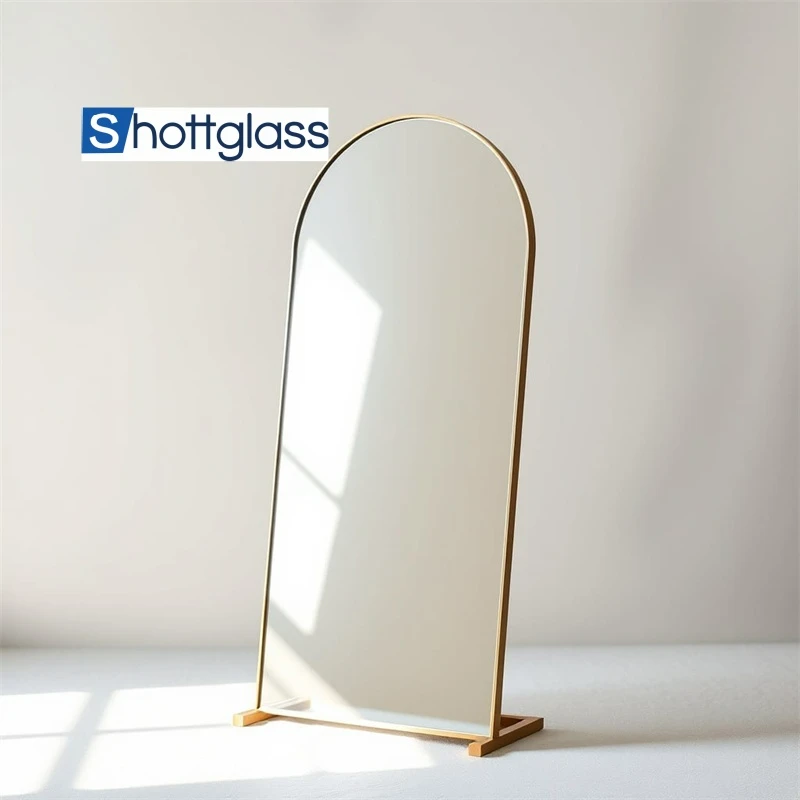Sep . 02, 2024 04:11 Back to list
Sandblasted Glass – Elegant and Durable Designs for Your Space
The Art and Function of Sandblasted Glass
Sandblasted glass is a remarkable material that combines functionality with aesthetic appeal, making it a popular choice in architecture, interior design, and art. The process of sandblasting, also known as abrasive blasting, involves propelling fine particles of sand at high velocity against the surface of glass. This creates a frosted or etched effect, resulting in a unique texture and appearance. The technique has been widely adopted due to its versatility and the beautiful effects it can produce.
One of the primary benefits of sandblasted glass is its ability to diffuse light while maintaining privacy. Unlike regular glass, which is transparent and offers little opacity, sandblasted glass scatters light, creating a soft glow. This quality makes it an excellent choice for bathroom windows, interior partitions, and office spaces where privacy is essential. Designers often use this technique to create visually appealing dividers that allow light to filter through without compromising confidentiality.
In addition to its practical uses, sandblasted glass serves as a medium for artistic expression
. Artists and designers can create intricate patterns and images by selectively sandblasting portions of the glass. The contrast between the frosted areas and the clear glass can result in stunning visual effects, turning what is often a functional material into a piece of art. Custom designs can range from simple geometric patterns to elaborate landscapes or narratives, showcasing the flexibility of this medium.sandblasted glass

Furthermore, sandblasted glass is relatively easy to maintain. The surface can be cleaned with standard glass cleaners and does not show fingerprints as readily as polished glass. This durability and ease of maintenance make it suitable for high-traffic areas and residential applications alike.
The application of sandblasted glass is not limited to residential spaces. It has found a prominent place in commercial settings as well, from storefront windows that enhance brand identity to installations in hotels and restaurants that create inviting atmospheres. Custom sandblasted glass signage can also contribute to a business’s professional image, directing customers while adding an artistic flair.
Sustainability is becoming an increasingly important aspect of material choice in architecture and design. Sandblasting can be performed on reclaimed glass, making it an eco-friendly option. Using recycled materials in combination with the sandblasting technique can reduce waste and lower the carbon footprint of a construction project.
In summary, sandblasted glass is a versatile material that combines beauty with functionality. Its ability to provide privacy while diffusing light makes it an ideal choice for both residential and commercial applications. The artistic possibilities offered by the sandblasting technique allow for custom designs that can transform ordinary glass into stunning works of art. As sustainability becomes more vital in design choices, sandblasted glass stands as a compelling option, proving that it is possible to create elegant, practical, and eco-conscious solutions in modern architecture and interior design. Whether used for practical purposes or artistic expressions, sandblasted glass continues to capture the imagination of designers and consumers alike.
-
The Science of Laminated Glass
NewsAug.29,2025
-
Reflective Glass Facades: Modern Aesthetics and Energy Efficiency
NewsAug.29,2025
-
Mirror Glass: Transforming Commercial Spaces
NewsAug.29,2025
-
Insulated Glass: Energy & Cost Benefits
NewsAug.29,2025
-
Frosted Glass Walls: Modern Partition Solutions
NewsAug.29,2025
-
Blue Coated Glass: Features and Benefits
NewsAug.29,2025
Related PRODUCTS














